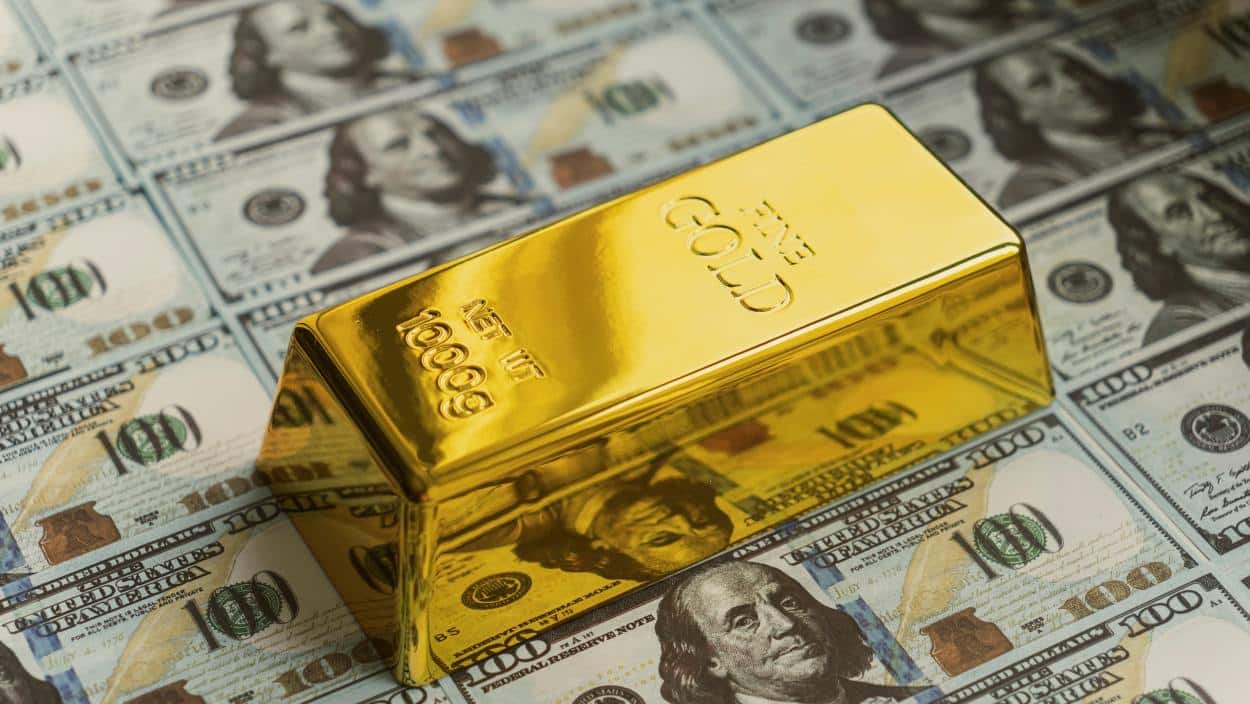After a brief surge on May 14, 2025, gold prices decreased in Pakistan and global markets, as easing US-China trade tensions reduced bullion’s safe-haven appeal.
According to Reuters, the All Pakistan Sarafa Gems and Jewellers Association (APSGJA), a Rs2,300 drop per tola to Rs341,900 in Pakistan, while international prices declined $23 to $3,235 per ounce. Spurred by a 90-day US-China tariff suspension, the market shift has boosted riskier assets, impacting gold’s recent highs.
In Pakistan, 10 grams of gold fell by Rs1,972 to Rs293,124 per APSGJA, reflecting a global dip. Spot gold eased 0.4% to $3,233.26 per ounce, and US gold futures dropped 0.3% to $3,236.70, as reported at 10:10 GMT. The decline follows a Rs3,700 per tola surge to Rs344,200 on May 13.
A US-China agreement on May 11–12, 2025, in Geneva suspended reciprocal tariffs for 90 days, with the US reducing the “de minimis” tariff for low-value Chinese shipments to 30%, per a White House executive order cited by Bloomberg. This truce, easing fears of a global recession, spurred stock market gains, reducing gold’s appeal, as Saxo Bank’s Ole Hansen explained: “The tariff truce has removed some safe-haven focus that propelled gold to record highs.”
Gold hit a record $3,500.05 per ounce in April 2025 amid trade war fears, but the recent truce has shifted investor sentiment, per Reuters. Pakistan’s local market, sensitive to global trends, saw similar declines, impacting jewellers and investors, as noted in The Express Tribune.
The gold price drop temporarily cools safe-haven demand, potentially affecting Pakistan’s jewellery sector and investor strategies. While stabilising markets, the US-China truce remains fragile, with Hansen warning of renewed volatility if talks falter. Bolstered by a $1.023 billion IMF tranche, Pakistan’s economic context supports resilience, but gold’s decline could influence local sentiment.






